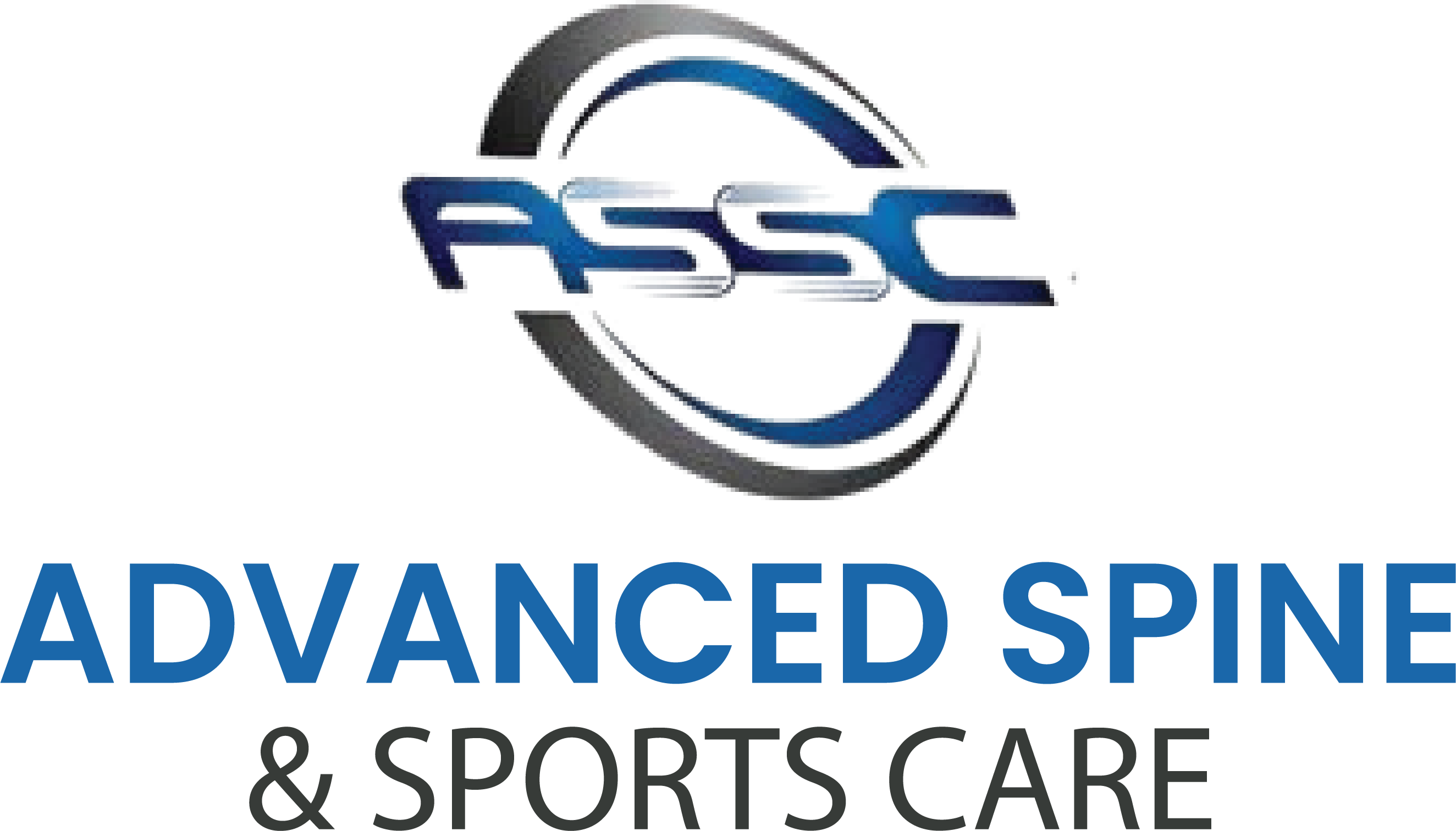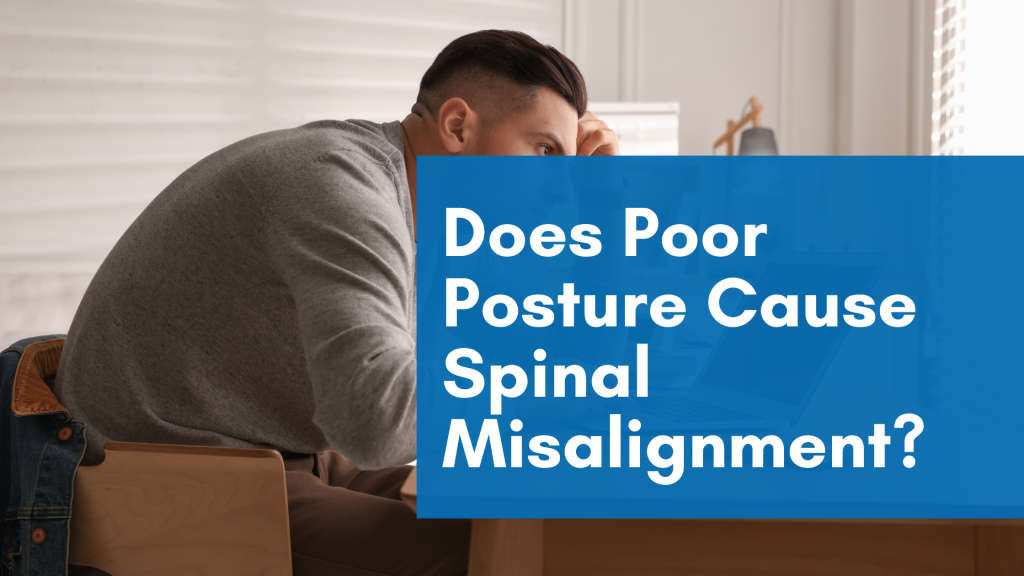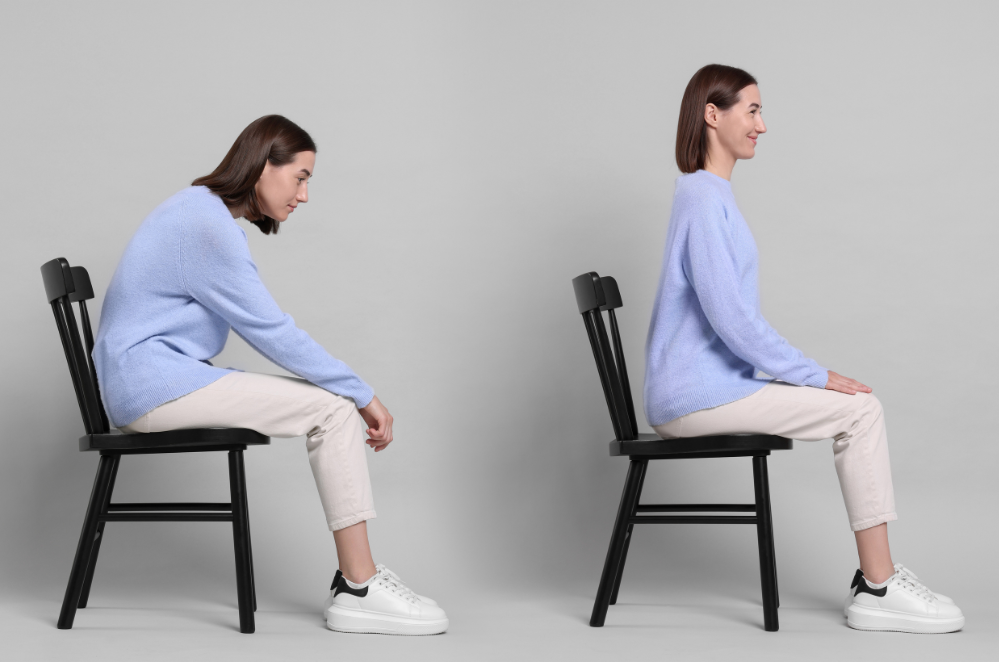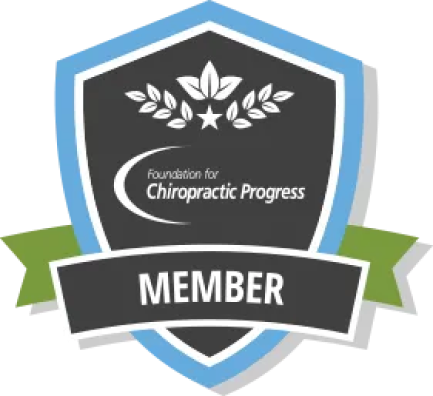Does Poor Posture Cause Spinal Misalignment?
In the heart of Chicago’s vibrant Lakeview and Lincoln Park neighborhoods, posture plays a crucial role in overall health. At Advanced Spine and Sports Care, a leading authority in Chicago’s spine health, we address this critical issue. Dr. Jason Ingham and Dr. Erin Schey, experienced chiropractors specializing in biomechanics and sports rehabilitation, understand that spinal health is about the relationship between posture, biomechanics, and long-term well-being.
We’ll explore the interplay between postural deviations and the potential for spinal misalignment. Whether you’re an athlete, a professional, or someone experiencing back pain, understanding this connection is paramount. This post will provide expert insights and actionable solutions to reclaim optimal spinal alignment in Chicago.
Now if you’re wondering and the questions arise: “can bad posture cause spine problems?”
or ever found yourself searching “Does poor posture cause spinal misalignment?”
In the following sections, we will explore three key spinal health topics:
- Relationships between the posture & spine health
- If poor posture can cause spinal misalignment & signs to watch out for
- The best steps to take should you have a misaligned spine
Understanding the Link Between Posture and Spinal Alignment
A recent study shows that poor posture does not cause spinal misalignment, but it can aggravate or cause lower back/neck pain especially if you’ve previously had lower back pain.
If you’re someone who’s had a spine-related injury, poor posture can contribute to the stress placed on your joints. Over time, this can lead to spinal abnormalities or create degenerative effects which lead to spinal disc degeneration or osteoarthritis.
>The Importance of Posture & Alignment: How Chiropractic Care Can Help
5 Main Repercussions of Poor Posture
-
Musculoskeletal Discomfort and Pain (Muscle and Joint Pain):
- One of the most readily apparent consequences of poor posture is the onset of muscle and joint pain. Sustained periods of slouching or improper alignment place undue strain on the musculoskeletal system (muscles and bones). This chronic stress can manifest as persistent discomfort and pain, particularly in the cervical (neck), shoulder, and lumbar (lower back) regions.
-
Compromised Respiratory Function (Breathing Problems):
- Contrary to popular belief, posture significantly impacts pulmonary function (lung function). A hunched or forward-leaning posture compresses the thoracic cavity (chest cavity), limiting the full expansion of the lungs. This restriction can lead to shallow respiration (breathing), reduced oxygen uptake, and a subsequent decline in energy levels.
-
Gastrointestinal Dysregulation (Digestive Issues):
- Posture exerts a surprising influence on digestive health. Poor posture can induce abdominal compression (pressure on the stomach area), potentially resulting in conditions such as acid reflux and constipation. This compression impedes the normal transit of food and waste through the digestive tract, leading to discomfort and digestive irregularities.
-
Emotional and Psychological Impact (Mood and Confidence Changes):
- The effects of posture extend beyond physical health, influencing emotional well-being. Research indicates that individuals with proper posture tend to exhibit increased confidence and a more positive outlook, while those with poor posture often experience heightened anxiety and diminished self-assurance.
-
Spinal Structural Deviations (Spinal Misalignment):
- Prolonged poor posture can result in spinal misalignment, characterized by deviations from the spine’s natural curvature. This structural alteration can precipitate a range of health issues, as the spine plays a critical role in safeguarding the nervous system and facilitating optimal communication between the brain and the body.
What is Spinal Alignment?
Spinal alignment refers to the proper positioning of the vertebrae in the spine, ensuring the body maintains its natural curves and balance.
A well-aligned spine distributes your body weight evenly, reducing or minimizing any unnecessary strain on muscles, joints, and ligaments. The spine has three natural curves that contribute to proper alignment:
- Cervical Curve (Neck): A gentle inward curve supporting head movement.
- Thoracic Curve (Upper Back): A slight outward curve that stabilizes the ribcage.
- Lumbar Curve (Lower Back): An inward curve that provides core strength and flexibility.
When these curves are well-maintained like proper standing and sitting postures, they help prevent pain, improve mobility, and reduce the risk of spine degeneration.
The Mechanics of Slouching and Its Impact on Your Health
Many individuals experience discomfort from prolonged sitting, especially in front of a computer. One of our patients reported suffering from chronic lower back pain, which was exacerbated by his desk job requiring him to remain seated for at least six hours a day, five days a week. After evaluating his situation and conducting a series of tests, we found that while slouching was a factor contributing to his pain, it was not the primary cause of his misaligned spine. Understanding these nuances is crucial in addressing and alleviating back pain effectively.
Spending hours slouched over desks, hunched over phones, and sitting with poor posture can all contribute lower back pain and neck pain. How? Through constant poor posture, it places excess strain on your joints, muscles, and vertebrae. Slouching may seem harmless in the context of a misaligned spine, but that doesn’t mean it doesn’t have negative effects on your body.
What happens if you don’t sit straight?
Here’s how various postural habits negatively affect your health:
1. Forward Head Posture (Tech Neck or Text Neck)
Forward Head Posture (Tech Neck): Looking down at screens shifts the head forward, placing stress on the cervical spine and leading to neck pain and tension.
The Truth About Tech Neck: What It Is and How to Get Relief
When you lean forward to look at your phone or computer, your head shifts out of alignment with your spine. This places excessive strain on the neck and upper back muscles, pulling the spine out of its natural curve. Over time, this can lead to:
- Neck pain and stiffness
- Headaches and migraines
- Hunched shoulders and rounded upper back (kyphosis)
Text Neck Syndrome: Is Your Phone Use Causing Neck Pain?
2. Slouching While Sitting (Pelvic Tilt & Lower Back Strain)
Sitting in a slumped position tilts the pelvis backward, causing a loss of the spine’s natural lumbar curve. This bodily misalignment can result in:
- Lower back pain
- Tight hip flexors and weak core muscles
- Increased risk of herniated discs
3. Uneven Weight Distribution (Leg Crossing & Wallet Syndrome)
Crossing your legs or leaning on one side while sitting can create an imbalance in the hips and sacral spine.
Sitting with your legs crossed or keeping a wallet in your back pocket while sitting shifts the pelvis off balance, leading to a misalignment in the hips, sacrum, and lower back. This often contributes to:
- Hip and lower back pain
- Sciatica symptoms due to nerve compression
- Functional leg length discrepancy
4. Standing With Poor Posture (Excessive Arching or Leaning)
Standing with an arched lower back (anterior pelvic tilt) or shifting weight to one leg creates muscular imbalances that cause:
- Chronic lower back pain
- Weakened core stability
Long-Term Effects of Poor Posture on Overall Health
As you’ve just learned, poor posture impacts the entire body. While there is no direct correlation between posture and a misaligned spine, that doesn’t exclude the risks linked to poor posture habits. Below is a table that shows the various impacts maintaining a bad posture can have:
| Condition | How It’s Linked to Poor Posture |
| Chronic Back & Neck Pain | Extra pressure on muscles and joints |
| Nerve Compression | Misaligned vertebrae can pinch nearby nerves, causing numbness or tingling. |
| Headaches & Migraines | Tension from poor posture can radiate to the head, triggering migraines. |
| Reduced Lung Capacity | Slouched posture compresses the lungs, limiting breathing efficiency. |
| Digestive Issues | Poor posture can impact abdominal organ function, slowing digestion. |
| Joint & Muscle Weakness | Misalignment forces muscles to work harder, leading to imbalances. |
Interesting Spinal Alignment & Posture Facts, Did You Know:
- Prolonged sitting increases pressure on spinal discs.
- The average person spends over 10 hours a day looking at screens, contributing to “tech neck.”
- Spinal misalignment affects musculoskeletal and neurological function.
- Chiropractic adjustments improve proprioception, crucial for good posture.
- Core strength supports proper spinal alignment.
- Poor posture restricts lung capacity.
- The human spine has natural curves to absorb shock, but poor posture alters these curves.
- Spinal misalignment leads to referred pain.
How to Fix a Misaligned Spine Caused by Poor Posture
Now that we’ve established the link between posture and spinal misalignment, you’re probably wondering what causes the misalignment. There are various factors. Accidents and injuries are usually the most common and obvious reasons. Others could be due to constant improper lifting of heavy objects. Even stress can affect your spinal health.
If your chiropractor diagnoses you with a spinal misalignment, here are several ways to correct it:
1. Chiropractic Adjustments
Chiropractic adjustments are precise spinal manipulations that realign the vertebrae, restore balance, and relieve pressure on surrounding nerves and muscles.
At Advanced Spine and Sports Care, there are several ways that correcting a misaligned spine is done:
- Assess Your Spinal Health – You’ll meet Dr. Ingham or Dr. Schey and go through a thorough examination to pinpoint misalignment areas and postural imbalances.
- Perform Spinal Chiropractic Adjustments – Gentle, controlled movements can help reposition misaligned vertebrae to their proper place.
- Spinal Decompression – A non-invasive and non-surgical treatment that reduces any pressure off the discs located in your spine
2. Physical Therapy, Strengthening Exercises, and Ergonomic Adjustments
Beyond adjustments, chiropractors often recommend complementary therapies to strengthen posture and maintain alignment. These include:
- Physical Therapy – Focuses on strengthening core, back, and neck muscles to support good posture.
- Posture Correction Exercises – Specific and targeted stretches and movements to retrain the body to maintain proper alignment.
- Ergonomic Recommendations – Proper sitting, standing, and sleeping positions to prevent further misalignment.
- Lifestyle Adjustments – Simple changes like setting up an ergonomic workstation and taking movement breaks can make a significant difference.
Additional Tips for Maintaining Proper Posture
Combining chiropractic care, physical therapy, and ergonomic practices can help correct spinal misalignment, reduce pain, and enhance overall well-being. Here are some basic recommendations to start with:
Ergonomic Tips
- Use a standing desk or take frequent breaks to avoid prolonged sitting.
- Use a lumbar-supportive chair to ensure proper lumbar support.
- Keep your computer screen at eye level to avoid forward head posture and prevent tech neck syndrome
- Keep feet flat on the ground while sitting, and avoid crossing legs.
Simple Exercises and Stretches
- Chin Tucks: Helps correct forward head posture.
- Shoulder Blade Squeezes: Strengthens upper back muscles.
- Cat-Cow Stretch: Enhances spinal flexibility.
- Planks: Strengthens core muscles for better posture support.
Can a Chiropractor Fix a Misaligned Spine?
At our Chicago spinal care clinic, we understand that spinal health is about more than just ‘fixing‘ misalignments. It’s about restoring optimal function and empowering patients to achieve lasting well-being. While chiropractic adjustments, which mobilize restricted joints, play a crucial role in improving biomechanics and reducing postural distortions, we emphasize that true alignment is a dynamic process.
Beyond Body Re-Alignment: The Dynamic Path to Optimal Spinal Health
- Spinal alignment is dynamic: The spine is not a static structure. It’s designed for movement and adaptability.
- “Fixing” it implies a one-time solution, which doesn’t reflect the reality of spinal health.
- Function over structure: Focusing solely on “re-aligning” can overlook the importance of how the spine functions. Restoring proper movement and biomechanics is paramount.
- Individualized care is essential: Factors like age, medical history, and lifestyle significantly impact spinal health. A one-size-fits-all approach is insufficient.
- The body has inherent healing capabilities: Chiropractic care aims to support and enhance the body’s natural ability to heal and adapt.
- Long-term wellness requires a holistic approach: Integrating adjustments with exercise, postural correction, and lifestyle changes leads to sustainable spinal health.
- Patient empowerment is key: Educating patients about their spine and providing them with tools to manage their health promotes active participation in their care.
Chiropractic Bio-Physics (CBP): Techniques for Posture Correction, Spinal Alignment, & Improved Mobility
- Chiropractic Bio-Physics is an advanced chiropractic technique that focuses on spinal decompression and posture correction to improve spinal alignment and overall health.
- Chiro Bio-Physics helps in alleviating pressure on spinal discs and nerves, leading to pain relief and improved mobility.
- CBP aims to restore the natural curvature and alignment of the spine.
Chiropractic Techniques are valuable tools in our approach, designed to address spinal curvatures and support the body’s natural ability to heal. However, the effectiveness of chiropractic technique is influenced by individual factors such as age, medical history, and the specific nature of the misalignment. Our goal is not simply to ‘re-align‘ the spine, but to create a personalized care plan that integrates adjustments with targeted exercises, postural education, and lifestyle modifications, enabling our patients to achieve sustainable spinal health and improved quality of life.
When to See a Chiropractor: Red Flags and Symptoms to Watch For
If you’re experiencing any of the following symptoms, you should schedule a consultation with your chiropractor:
- Persistent back or neck pain that worsens over time.
- Frequent headaches or migraines linked to poor posture.
- Tingling or numbness in the hands, legs, or feet due to nerve compression.
- Difficulty maintaining good posture without discomfort.
- Limited mobility or stiffness affecting daily activities.
FAQs About Poor Posture & Spinal Alignment
1. How can I tell if my spine is misaligned?
The best and most accurate way to tell if your spine is misaligned is to have it assess by a chiropractor. Various online sources might give you some clues as to how to check for a misaligned spine but this doesn’t come close to a proper consultation or X-ray.
Some warning signs that mean your spine is misaligned include chronic neck or back pain, headaches, and uneven shoulders or hips.
2. Can bad posture permanently damage my spine?
Bad posture doesn’t permanently damage the spine but can worsen the pain or if you have a spine-related injury. For cases where you have a degenerative disc or osteoarthritis, poor posture can definitely make these worse over time.
3. How long does it take to fix spinal misalignment?
There’s no fixed recovery timeline to fix a spinal misalignment. Through consistent chiropractic care and posture correction exercises, many patients see improvement within a few weeks. However, long-term correction depends on the severity of misalignment and daily habits.
It’s also important to note that fixing a spinal misalignment must also be accompanied with proper ergonomic practices, physical exercise, and good posture.
4. What’s the best way to prevent posture-related spinal misalignment?
The first is to visit a chiropractor for routine spinal check-ups, especially if you notice frequent lower back pain, neck pain, or headaches.
The prevention comes after or while undergoing chiropractic treatment which usually involves sitting & standing upright, using an ergonomic workstation (especially if you work from home), and strengthening exercises that target back, neck, shoulder, and hip muscles.
Fix Your Misaligned Spine With an Advanced Spine and Sports Care Chiropractor
If you’ve been experiencing any of the warning signs related to a misaligned spine, you’re due for a checkup. Even if the pain is tolerable, it’s not advisable to prolong the process as this only further complicates your condition.
Call us at (773) 868-0347 to schedule an appointment immediately or visit our “Conditions We Treat” page if you’d like to learn more about our services, read reviews, and understand more about what we do.
Last Updated on May 27, 2025 by Chiropractor Dr. Jason Ingham DC, CCSP














